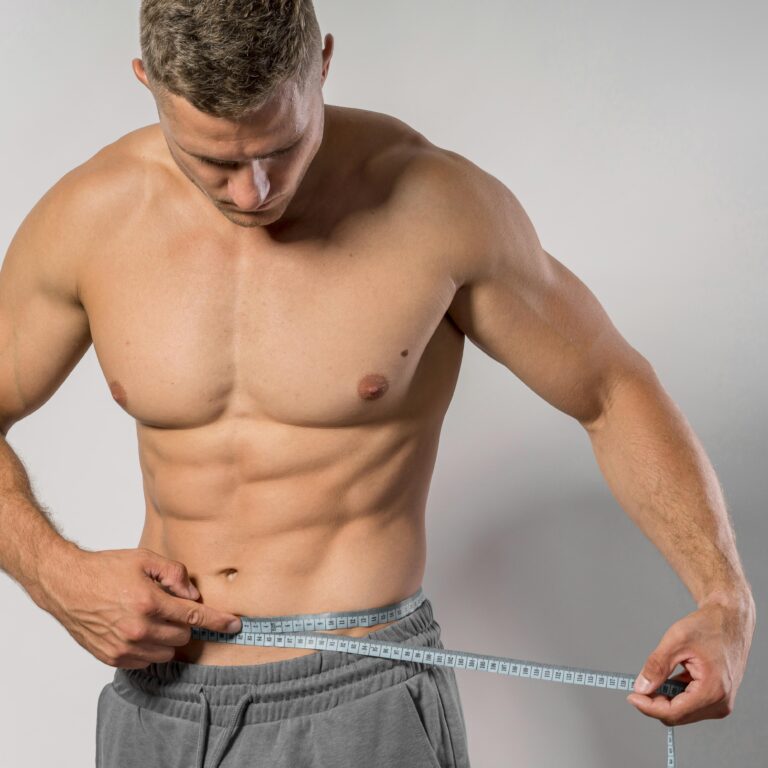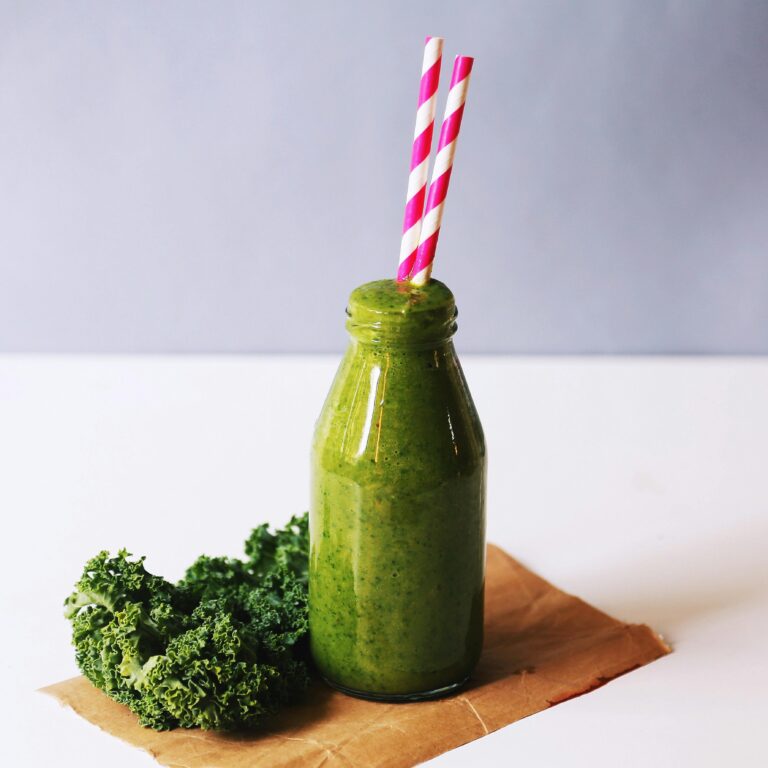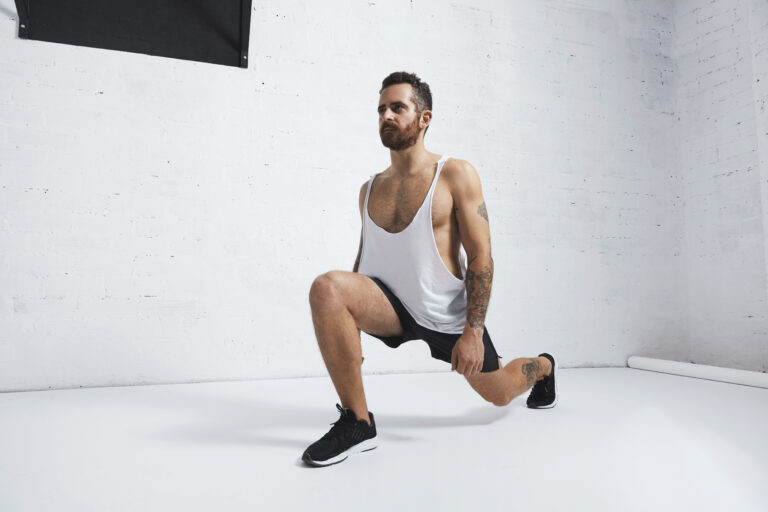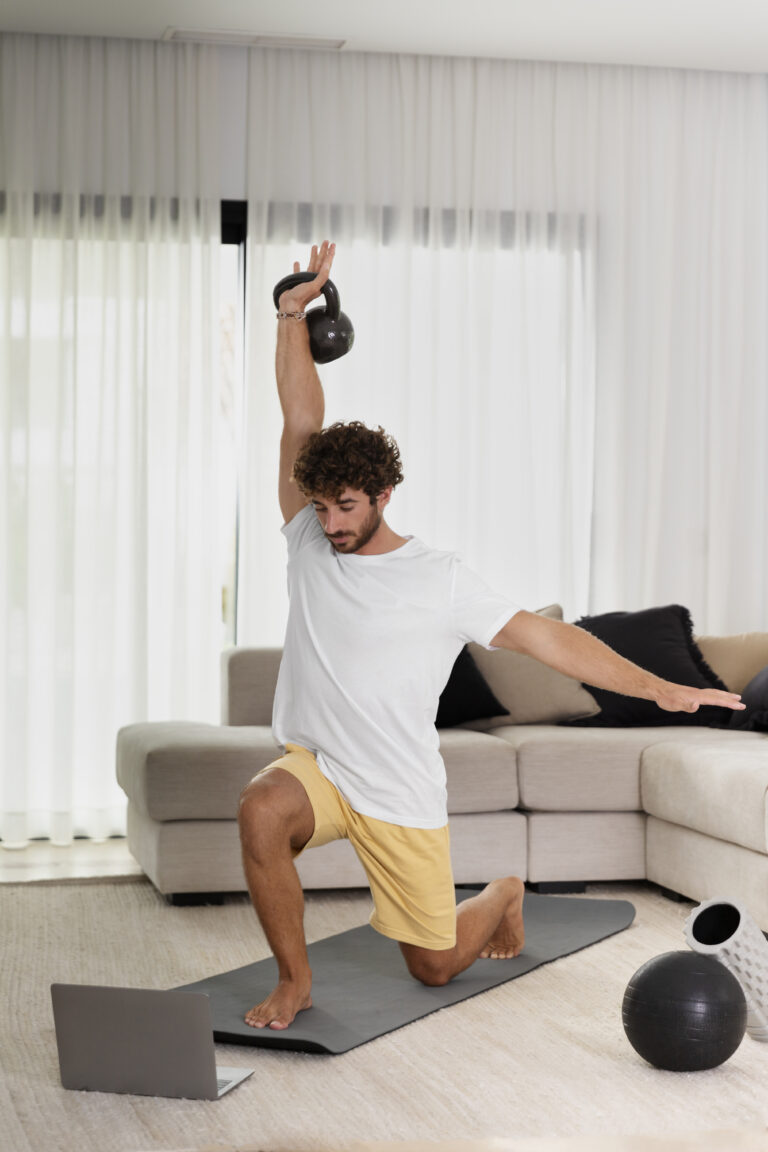Beginner Home Workout Principles
Beginner Home Workout Principles
Starting a fitness routine can feel overwhelming—especially if you don’t have access to a gym or don’t know where to begin. If you’re asking yourself questions like “What should I do?” or “Am I even doing this right?”, you’re not alone. Many beginners dive into exercise with the right intentions but struggle to stay consistent or see results because they lack a clear foundation. That’s exactly where beginner home workout principles come in.
Whether your goal is to burn fat, build strength, or just feel healthier, understanding the fundamental principles of home workouts will give you the clarity and confidence to keep going. You don’t need expensive machines or a personal trainer to succeed—just the right strategy and structure.
In this section, we’ll break down the most important home workout principles every beginner needs to know: the difference between bodyweight training and dumbbell workouts, how to set the right frequency, intensity, and duration for your sessions, and why proper warm-ups and cool-downs are non-negotiable. By learning these building blocks, you’ll create safer, smarter, and more sustainable workouts at home.
Feeling unsure about how to structure your home workouts? You’re not alone. One of the most common mistakes beginners make is jumping into random routines without understanding the core principles that make a fitness plan safe, effective, and sustainable. Whether you’re focused on fat loss, strength, or general health, learning these beginner home workout principles will help you build a strong foundation.
From choosing between bodyweight vs dumbbell training to understanding how often and how hard you should train, this guide will help you make informed decisions and feel more confident during every session. These are the non-negotiables of successful home workouts—let’s explore each one step by step.
Looking for a simple, structured way to stay consistent with your fitness routine? Check out our Weekly Home Workout Plan for Beginners — it’s designed to help you build strength, improve endurance, and stay on track with easy-to-follow workouts you can do right at home.
Let’s dive into the essentials that will set you up for success—no matter your fitness level or living space.
Bodyweight Training vs. Dumbbell Workouts for Home Workouts
As a beginner, one of the first choices you’ll make is whether to use bodyweight exercises or add dumbbells into your routine. Both are great options—but each serves a slightly different purpose.
🏋️♂️ Bodyweight Training
- What It Is: Exercises using only your body’s weight for resistance (e.g., squats, push-ups, lunges).
- Benefits: No equipment needed, low injury risk, excellent for learning proper form and building foundational strength.
- Best For: Absolute beginners, fat loss, improving mobility and endurance.
Dumbbell Workouts
- What It Is: Exercises that include light to moderate weights for added resistance (e.g., dumbbell rows, shoulder presses).
- Benefits: Builds muscle faster, adds variety, and allows progression through heavier weights.
- Best For: Beginners who are ready to level up their strength and already have access to dumbbells at home.
Tip: Start with bodyweight training to master form and build confidence. Then slowly add dumbbell workouts to increase resistance.
Frequency, Intensity, and Duration – What’s Ideal for Beginners?
To get results from your home workout routine, you need to balance how often, how hard, and how long you train. These three variables—frequency, intensity, and duration—shape your progress and recovery.
🗓️ Frequency (How Often)
- Start With: 3–4 days per week
- Why: This allows your body to adapt while leaving room for recovery.
🔥 Intensity (How Hard)
- Use This Rule: You should be challenged, but still able to complete the session with good form.
- Tip: Use a 1–10 effort scale—aim for 6 to 8 on most days.
⏳ Duration (How Long)
- Ideal For Beginners: 20–30 minutes per session
- Why: Shorter sessions help you stay consistent and reduce the chance of burnout or injury.
Over time, you can increase frequency or intensity as your strength and endurance improve. But at the start, consistency matters more than intensity.
Warm-Up and Cool-Down Basics for At-Home Fitness
Every effective home workout should begin and end with intention. Skipping warm-ups or cool-downs can lead to soreness, injury, or slower recovery. Here’s how to keep your body safe and strong:
🔄 Warm-Up (5–7 minutes)
- Purpose: Prepares muscles, boosts circulation, and primes your nervous system.
- Examples:
- Arm circles (30 seconds)
- Jumping jacks (1 minute)
- Leg swings (30 seconds per leg)
- High knees or marching in place (1 minute)
- Arm circles (30 seconds)
[Insert video: Dynamic warm-up sequence]
Cool-Down (3–5 minutes)
- Purpose: Slows your heart rate, reduces stiffness, and improves flexibility.
- Examples:
- Forward fold stretch (hold for 30 sec)
- Seated hamstring stretch (each leg)
- Child’s pose (hold for 1 minute)
- Deep breathing (1–2 minutes)
- Forward fold stretch (hold for 30 sec)
Tip: Never rush your cooldown—your future self will thank you.
Final Thoughts: Structure Creates Results
Understanding these beginner home workout principles helps you stop guessing and start progressing. When you combine smart training choices with proper pacing and recovery, you create a routine that’s not only effective—but also enjoyable.
From bodyweight basics to smart use of dumbbells, and from warming up to knowing when to rest, this structure gives you everything you need to train with confidence.
Ready to take your next step? Explore our Workout Techniques & Plans guide to discover full beginner routines, how to progress your sessions, and pro tips to stay on track—whether you’re sweating it out in your bedroom, basement, or backyard.







